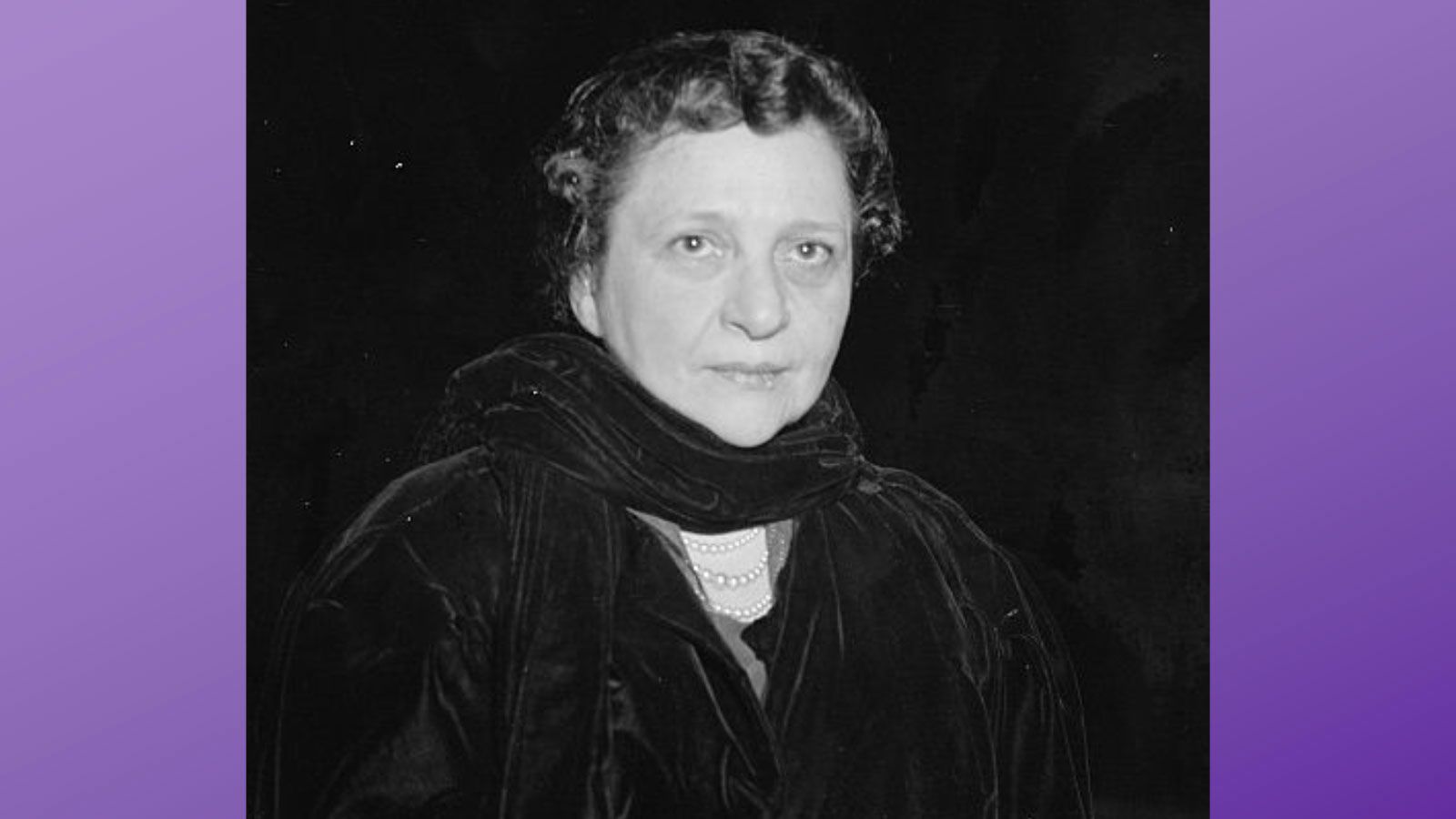![]()
By Jennifer J. Raab
New York Daily News, Mar 31
Why New York needs a statue of Frances Perkins: During Women’s History Month we must remember this New Deal leader
At Hunter College, once an all-women’s school, former U.S. Secretary of Labor Frances Perkins is already a legend, and not only because she was the first woman ever to serve in a presidential cabinet and the longest-serving labor secretary in history (12 years).
We take special pride in her accomplishments because 90 years ago, President-elect Franklin D. Roosevelt interviewed Mrs. Perkins for the job at his transition headquarters — his town house on E. 65th St. — which FDR transferred to Hunter College nine years later. Today it serves as Hunter’s Roosevelt House Public Policy Institute. But Mrs. Perkins still hasn’t received all the recognition she deserves.
When she arrived at the house for what turned out to be one of the most consequential job interviews in American history, she did not exactly beg for the prestigious appointment. In fact, she came armed with a set of demands. She would accept the honor, she told FDR in her patrician accent, only if he agreed to let her work on a set of issues dear to her heart: child labor laws, minimum wage, maximum hours, workmen’s compensation, unemployment insurance and old age pensions.
Roosevelt replied: “I suppose you are going to nag me about this forever, Frances?” And she said yes — I will nag you. To his credit (and our good luck) FDR appointed her anyway. Meaning that the social safety net, including Social Security, was born right in this landmark house.
As we finish marking Women’s History Month, it’s worth noting as well that Mrs. Perkins made history here with the help of her friend Eleanor Roosevelt. Eleanor supported her crusades for job safety and fairness to women in the workforce and put in good word after good word for Frances as she came into focus as a candidate to break the glass ceiling for the Cabinet.
It’s such a powerful reminder of the role women leaders have played in advancing worker rights and social justice, and in helping other women step up to the next rung on the ladder of career success.
This month, we remember as well how Frances Perkins took her first major steps as a public servant. On Saturday, March 25, 1911, she happened to be in Greenwich Village when the horrific Triangle Shirtwaist Fire erupted, and hearing the sirens, she quickly rushed to the scene. From the street, she saw what she first thought were balls of fabric floating down through the air — until they landed with a thud, and she realized they were the bodies of the mostly girls and women who had jumped to escape the heat and smoke of the inferno upstairs. She joined with others shouting to the terrified workers, “Don’t jump!” “Don’t jump!” But then she realized they were being pushed toward, and out, the windows by the frightened people behind them. “Everyone who jumped was killed,” Frances recalled. “It was a horrifying spectacle.”
Quickly, Frances turned her anguish into action, focusing on worker rights and business responsibility. At her urging, the state mandated a shorter work week and created a Factory Investigating Commission that proposed far stricter fire codes and other reforms, including alarms, extinguishers, better access and egress, and obvious needs that had long been missing from factories employing immigrant women and children: unlocked doors, clean toilets and separate eating facilities — things we take for granted today but came into being in reaction to the Triangle tragedy.
The Triangle Shirtwaist Factory fire remains the worst industrial fire in New York City because women activists like Frances Perkins stepped up to make sure it never happened again.
A group called the “Remember the Triangle Fire Coalition” is about to realize its longstanding dream of installing a memorial at the site of the fire — a building that still stands. I recently invited the group to present their design, appropriately, at Roosevelt House. As the meeting progressed I realized: It’s time to add to New York’s streetscape a statue of Frances Perkins herself. She deserves a standalone tribute for all the things she did to make life and work safe for poor and immigrant women and children in New York State, and for all she did to protect working people across America with the federal reforms, including Social Security, that changed our nation forever.
There are only six statues of women (not counting fictional characters like Mother Goose) among the hundreds of sculpted memorials in all of New York. The woman who “nagged” FDR into crafting the social safety net deserves to be among them. The plaque on such a statue might read: “Frances Perkins, Mother of the New Deal.”
Raab is president of Hunter College.


